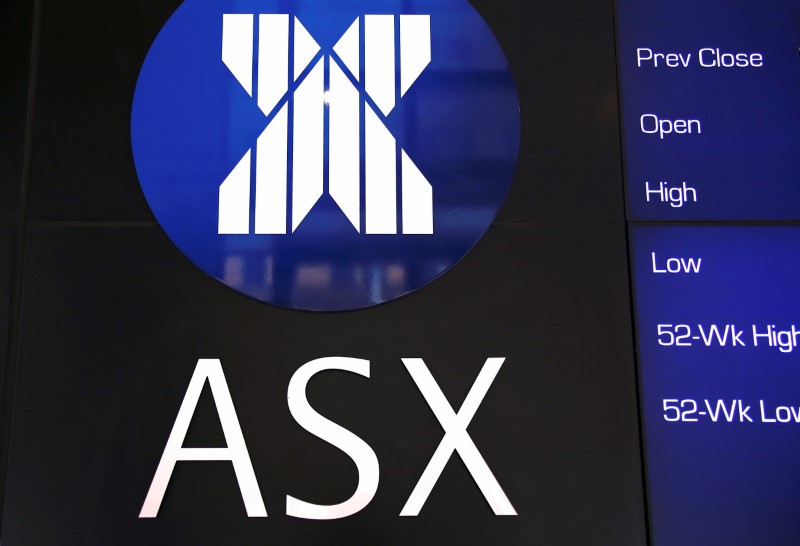Investing.com - The Australian stock exchange gained at Monday's open, propelled by the surge in commodities like iron ore, oil, and gold.
Early morning trading saw ASX 200 Futures index rising by 1.5%.
On the global front, Wall Street saw a positive trend with the Dow Jones Industrial Average gaining 0.3%, the S&P 500 increasing by 0.7%, and the tech-laden NASDAQ Composite up by 1.2%.
Mining and tech giants also saw an upswing in New York, with BHP (ASX:BHP) Group Ltd ADR (NYSE:BHP), Rio Tinto ADR (NYSE:RIO), and Atlassian Corp Plc (NASDAQ:TEAM) recording gains of 2.7%, 3.2%, and 3.6% respectively.
Big tech companies like Tesla Inc (NASDAQ:TSLA), Apple Inc (NASDAQ:AAPL), Amazon.com Inc (NASDAQ:AMZN), and Meta Platforms Inc (NASDAQ:META) also experienced gains.
China's economy, a significant influencer of global markets, showed signs of stabilizing. The country's credit demand saw an upswing, there was an easing of deflationary pressures, and the yuan made a strong comeback. The CSI 300, China's benchmark, broke a four-day losing streak with a 0.7% increase on Monday. The yuan also saw a rally after hitting its lowest point against the dollar since 2007, as the People's Bank of China issued strong guidance emphasizing its commitment to maintaining yuan stability.
Electric vehicle titan Tesla witnessed a notable surge after Morgan Stanley (NYSE:MS) upgraded its rating from "equal-weight" to "overweight". The banking giant cited Tesla's Dojo supercomputer as a potential enhancer of the company's market value, which could see a rise of nearly $US600 billion.
In the currency market, the Australian dollar rose by 0.8%, while, Bitcoin saw a 2.3% fall on bitstamp.net.
Among bond markets, the yield on the 10-year note went up by 2 basis points to 4.28%. Market participants are predicting a 93% chance of the US central bank maintaining its current interest rates in the upcoming September meeting, with a nearly 61% chance of a pause in November, as per the CME FedWatch Tool.
In commodities, US crude stockpiles have seen a significant decrease, reaching their lowest level since December. This comes as major oil producers, Saudi Arabia and Russia, continue their production cuts through the end of the year, leaving the world with a thin supply cushion as we head into the winter season of the Northern Hemisphere.
